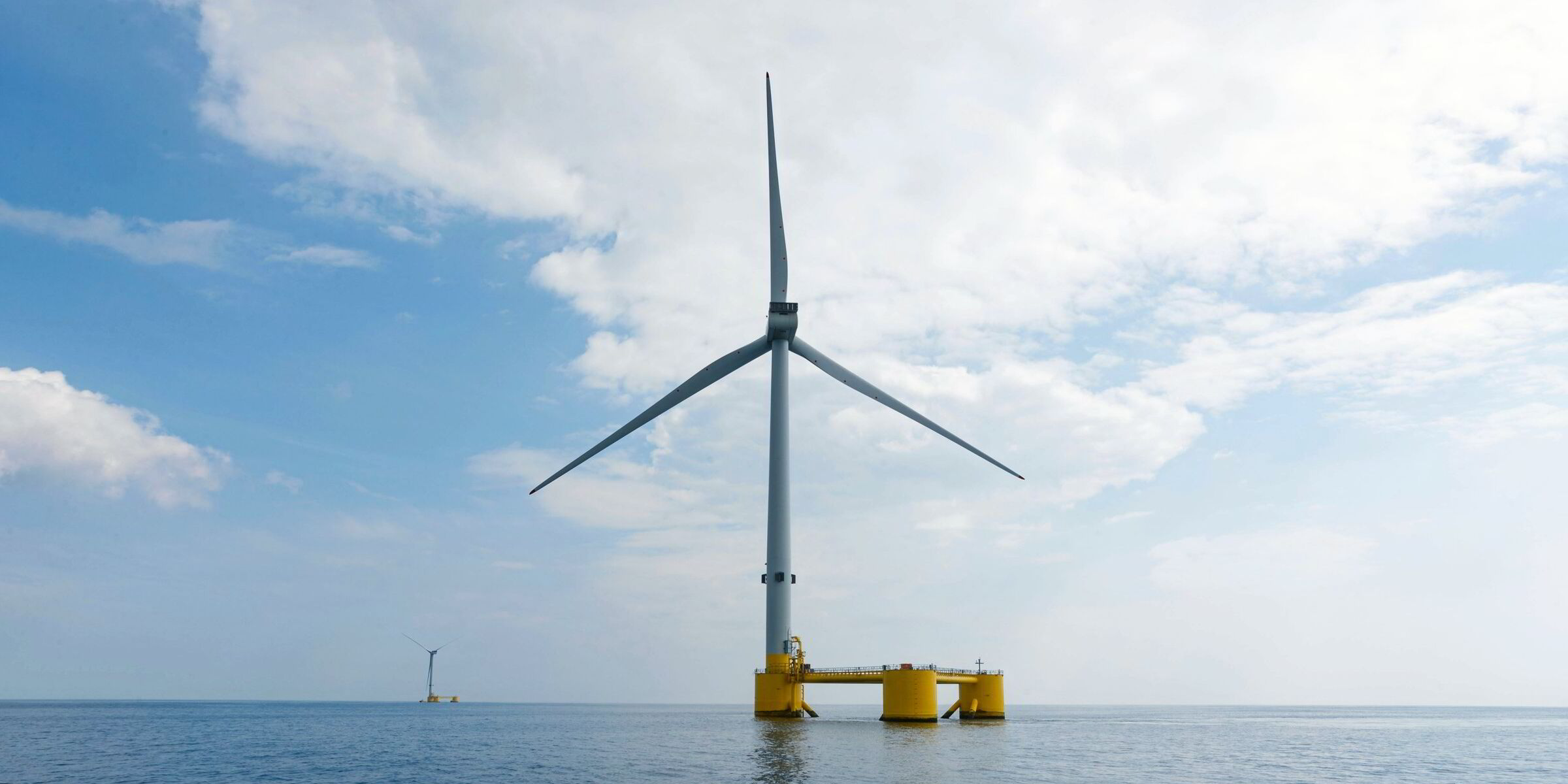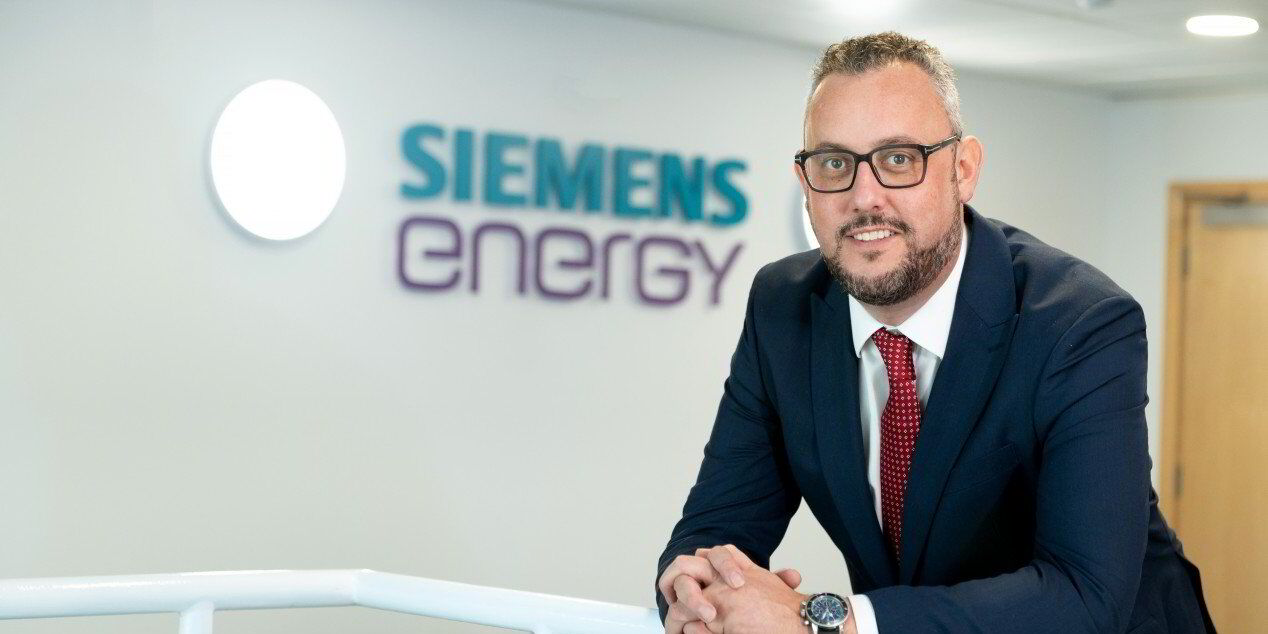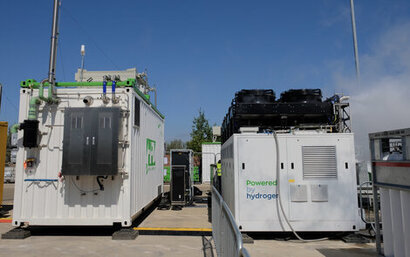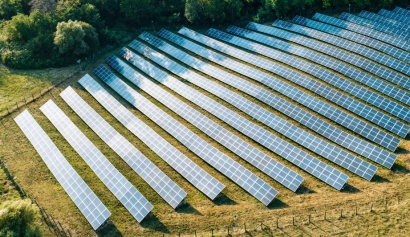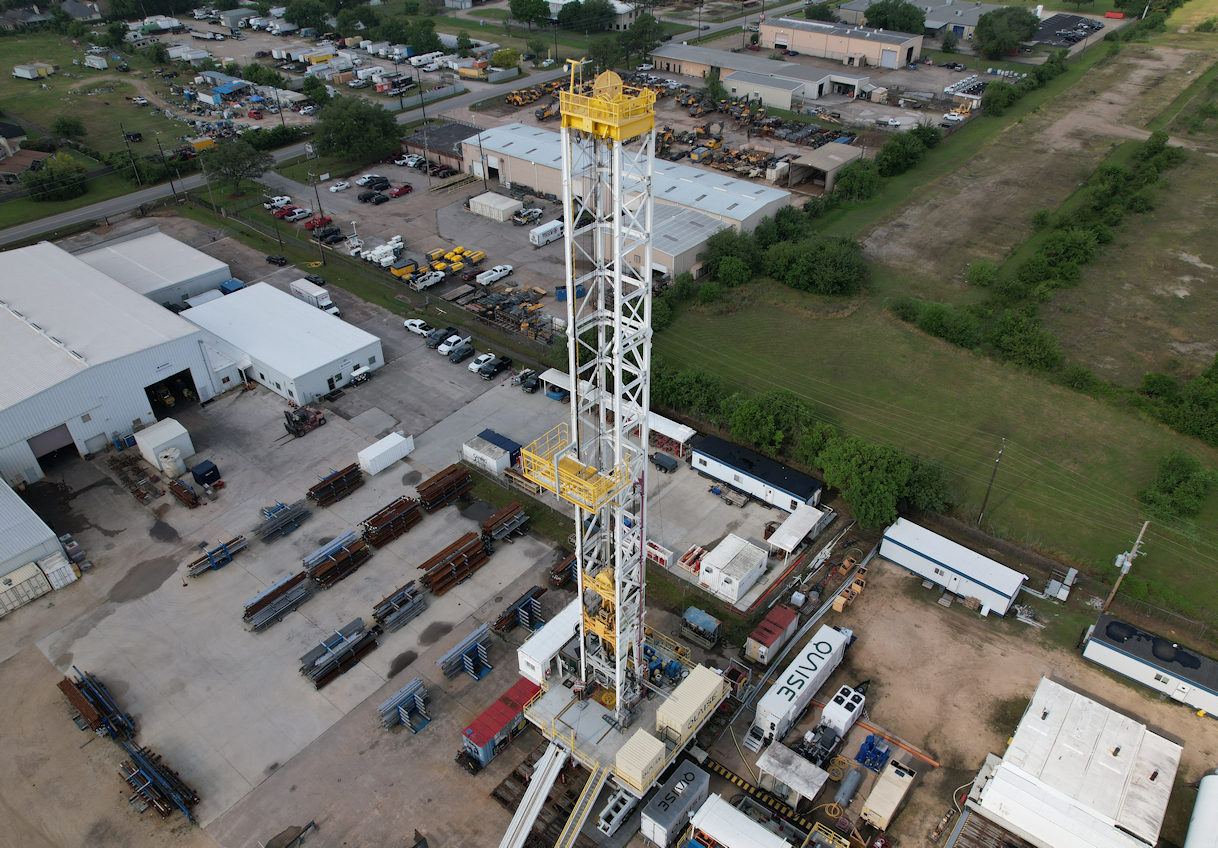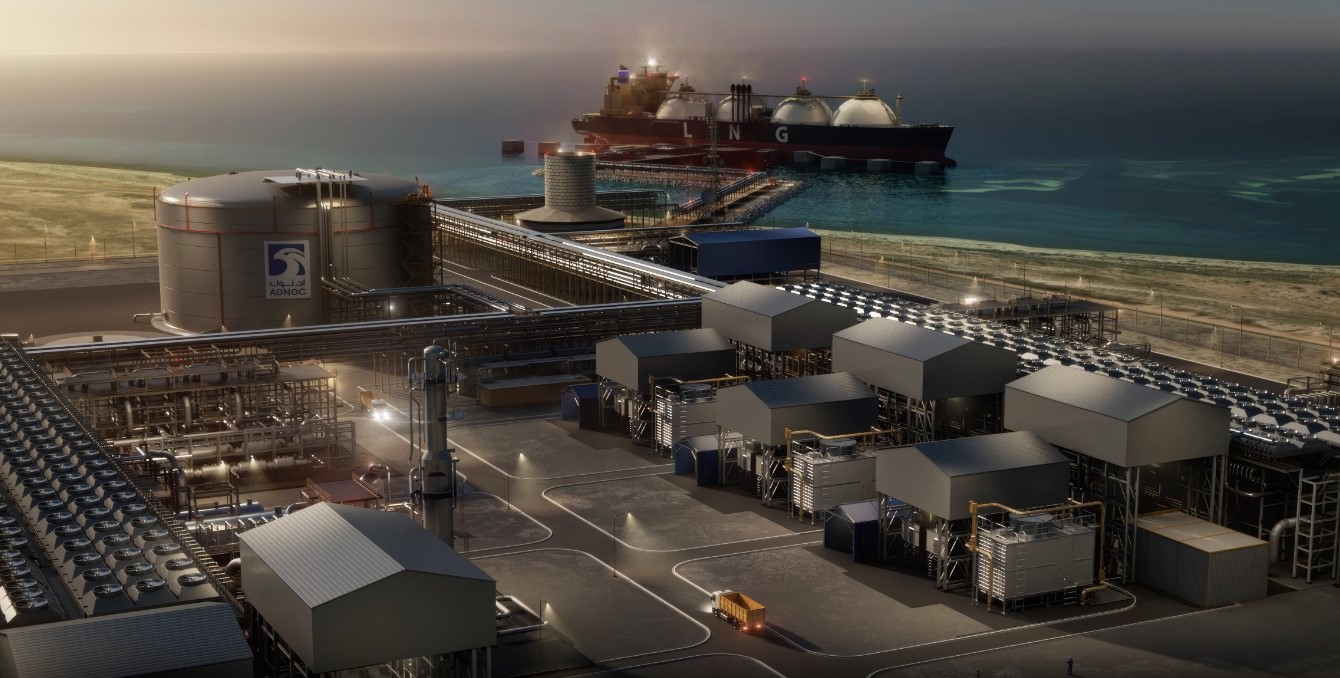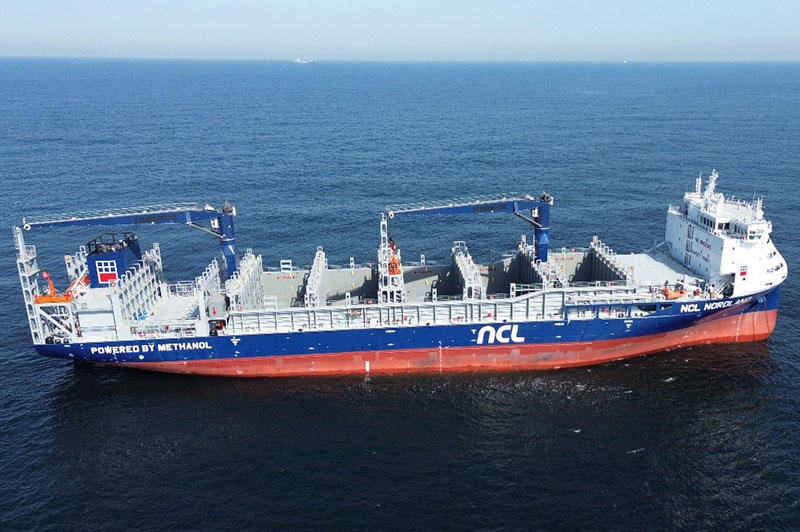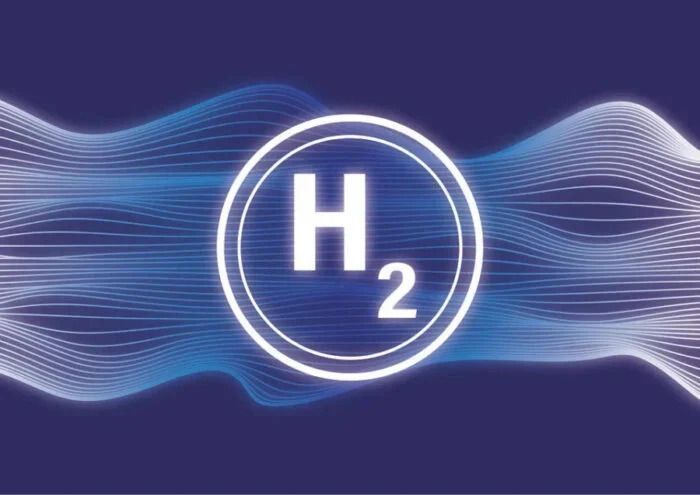EU updates Photovoltaic Geographical Information System
The EU Joint Research Centre (JRC) has updated the core technologoy of the Photovoltaic Geographical Information System with the aim of reflecting the dominance of crystalline silicon solar technologies over thin-film counterparts in the global energy market.

The EU Joint Research Centre (JRC) has updated the core technologoy of the Photovoltaic Geographical Information System with the aim of reflecting the dominance of crystalline silicon solar technologies over thin-film counterparts in the global energy market.
A research group led by scientists from the European Commission’s Joint Research Centre (JRC) in Ispra, Italy, has updated the power performance model (PPM) with recent developments in PV technology.
The PPM is at the core of the European Commission's Photovoltaic Geographical Information System (PVGIS), a web application allowing users to estimate worldwide PV production.
“The original calibration of the PPM coefficients for crystalline silicon (cSi) modules was reported in 2011. Values for the coefficients for copper indium diselenide (CIS) and cadmium telluride (CdTe) module technologies were reported in 2010. These have continued to be used up to the present, with only minor modifications,” said the team. “Nonetheless, in recent years, the PV manufacturing sector has made remarkable progress, both in terms of volumes and energy conversion efficiency.”
To recalibrate the PVGIS results to the new developments, the scientists used up-to-date power matrix datasets produced by the European Solar Test Installation (ESTI). They have included seven cSi examples – four using PERC technology, two with back contact (BC) design, and one with heterojunction (HJT) architecture. They also included three CIS modules and two CdTe panels.
“For each module, a matrix of power test data measured in an indoor solar simulator according to IEC 61853-1, covering irradiances of 100, 200, 400, 600, 800, 1000 and 1,100 W/m2 and temperatures of 15 C, 25 C, 50 C and 75 C,” explained the scientists, noting that this allowed them to extract coefficients, describing how the panels’ performances change when temperature and irradiance change.
Finally, these results were normalized using standard test conditions (STC) and then fitted into the existing PVGIS power performance model using the least-squares procedure.
“The results show that the PVGIS power performance model with updated coefficients can provide a good description of the power output of the modern cSi modules, with a mean absolute bias error (MABE) of less than 1% in almost all cases, against an MABE of over 3.5% with the current coefficients,” the academics said. “The updated coefficients allow the model to better capture the improved temperature coefficients and low light performance.”
The analysis showed that, in the case of CdTe, the MBAE of the updated models was close to 2.8%, while in the original case it was 4.9%. As for CIS, the updated MBAE was 1.65%, compared to the original 3.7%.
The calculations also showed that the annual DC energy yield is increased compared to that obtained with the current model by between 1.8% and 4.9% for five of the six reference climates specified in the IEC 61853-4 standard. The only exception was the high-elevation climate case, which showed a −0.9% yield reduction.
The updated model was presented in “An Updated Simplified Energy Yield Model for Recent Photovoltaic Module Technologies,” published in Progress in Photovoltaics. Researchers from the European Commission’s Joint Research Centre (JRC) in Ispra, Italy, and Germany’s University of Göttingen have contributed to the study.
What's Your Reaction?







